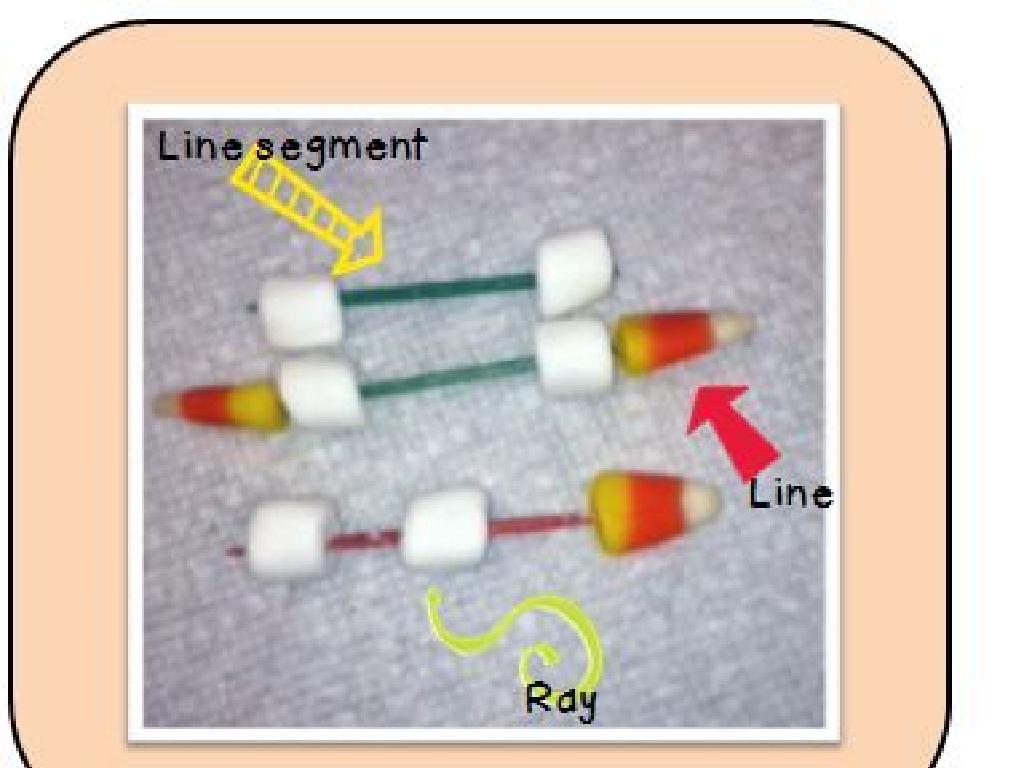Radical Reconstruction
Subject: Social studies
Grade: Eighth grade
Topic: Reconstruction
Please LOG IN to download the presentation. Access is available to registered users only.
View More Content
Exploring Radical Reconstruction
– Era of Reconstruction overview
– Post-Civil War era aimed to rebuild the South and integrate freed slaves
– Goals of Radical Reconstruction
– Establish civil rights, rebuild economy, and re-admit Southern states
– Significance of this historical era
– Understanding the challenges of rebuilding a nation post-conflict
– Impact on modern society
– Influences on current civil rights and social justice movements
|
Today’s lesson will delve into the period of Radical Reconstruction, a pivotal time following the Civil War when the United States grappled with reintegrating Southern states and addressing the rights of newly freed slaves. We’ll explore the political and social goals of this era, such as civil rights legislation and economic reform, and discuss why it’s crucial for us to understand this period. Students will learn how the actions and policies of this time have lasting impacts on our society today, particularly in terms of civil rights and social justice. Encourage students to think critically about the successes and failures of Reconstruction and to consider its relevance to current events.
Radical Reconstruction: A New Phase
– Recap of Reconstruction period
– Post-Civil War era aimed to rebuild the South and integrate freed slaves.
– Initial phase and its goals
– Restore the Union, rebuild the South, and establish rights for freedmen.
– Introduction to Radical Reconstruction
– The second, more intense phase to transform Southern society.
– Shift in Reconstruction approach
|
This slide aims to provide a brief overview of the Reconstruction period, setting the stage for a deeper dive into Radical Reconstruction. Start by recapping the post-Civil War efforts to rebuild the South and integrate freed slaves into society. Discuss the initial phase’s objectives, such as restoring the Union and establishing rights for freedmen. Then, introduce Radical Reconstruction as the second, more stringent phase, which sought to transform Southern society more profoundly, including granting African Americans the right to vote and hold public office. Emphasize the shift in approach from the initial phase to Radical Reconstruction, highlighting the changes in policies and their impact on the South and its people.
The Radical Republicans in Reconstruction
– Identity of Radical Republicans
– A faction within the Republican Party post-Civil War
– Goals for Reconstruction
– Aimed to transform Southern society, secure rights for freedmen
– Key legislation passed
– Civil Rights Act, Reconstruction Acts, 14th & 15th Amendments
– Impact on Reconstruction
– Shaped the course of Reconstruction, faced opposition
|
The Radical Republicans were a group within the Republican Party after the Civil War who advocated for a rigorous approach to Reconstruction. Their goals included the complete transformation of Southern society, with a focus on ensuring the rights of freed slaves. They were responsible for passing significant legislation, including the Civil Rights Act of 1866 and the Reconstruction Acts, as well as the 14th and 15th Amendments to the Constitution. These laws and amendments aimed to secure equality and voting rights for African Americans. The Radical Republicans’ efforts had a lasting impact on the Reconstruction era, although they faced considerable resistance from President Andrew Johnson and other political factions. This slide will help students understand the political dynamics of the time and the legislative efforts to rebuild the nation after the Civil War.
Major Amendments During Radical Reconstruction
– 13th Amendment: Ends slavery
– Officially abolished slavery in the United States.
– 14th Amendment: Grants citizenship
– Defined citizenship and guaranteed equal protection under the law.
– 15th Amendment: African American men’s voting rights
– Prohibited racial discrimination in voting rights.
– Impact on American society
|
This slide focuses on the three major amendments passed during the Radical Reconstruction era, which reshaped American society following the Civil War. The 13th Amendment abolished slavery, legally freeing millions of African Americans. The 14th Amendment granted citizenship to all persons born or naturalized in the United States, which included former slaves, and provided all citizens with ‘equal protection of the laws’. The 15th Amendment aimed to protect the voting rights of African American men, stating that the right to vote could not be denied based on race, color, or previous condition of servitude. These amendments were critical in the effort to promote equality and civil rights, although their enforcement varied widely across the country. Discuss the long-term effects of these amendments and how they continue to influence American society today.
Resistance and Challenges During Radical Reconstruction
– Opposition to Reconstruction
– Southern resistance to changes imposed by Reconstruction
– Emergence of white supremacist groups
– Ku Klux Klan used terror to oppose Reconstruction
– The Compromise of 1877
– Deal that led to the withdrawal of federal troops from the South
– Reconstruction’s conclusion
– Marked the end of efforts to protect the rights of newly freed slaves
|
This slide addresses the significant resistance faced during the Radical Reconstruction period. It’s crucial to discuss the opposition from Southern individuals and groups who were against the Reconstruction policies. The rise of the Ku Klux Klan and other white supremacist groups represented a violent backlash against the progress made in civil rights for African Americans. The Compromise of 1877, which resolved the disputed 1876 presidential election, resulted in the withdrawal of federal troops from the South, effectively ending Reconstruction. This compromise marked a turning point that allowed the Southern states to enact ‘Jim Crow’ laws, leading to a century of segregation and disenfranchisement for African Americans. Students should understand the long-term impact of these events on American society.
Impact of Radical Reconstruction
– Social & political changes
– Shifts in rights, freedoms, and governance post-Civil War
– Long-term effects on society
– How these changes influenced future generations and policies
– Radical Reconstruction’s modern impact
– The enduring influence on civil rights and social justice
– Understanding Reconstruction’s legacy
|
This slide aims to explore the profound changes brought about by Radical Reconstruction after the Civil War. Emphasize the social and political upheaval of the era, including the expansion of rights for African Americans and the restructuring of Southern states’ governments. Discuss the long-term effects, such as the establishment of public education and the seeds of the civil rights movement. Highlight how the period of Radical Reconstruction has shaped modern American values and continues to influence contemporary discussions on equality and justice. Encourage students to think critically about the legacy of Reconstruction and its relevance to current events.
Class Activity: Perspectives on Radical Reconstruction
– Divide into historical perspective groups
– Each group presents their viewpoint
– Radical Republicans, Freedmen, Southern Democrats, etc.
– Discuss Radical Reconstruction’s impact
– Consider social, political, economic changes
– Imagine a longer Radical Reconstruction
– How would history change if it lasted longer?
|
This activity aims to engage students in understanding the complex viewpoints during Radical Reconstruction. By role-playing different historical groups, students will explore the diverse motivations and challenges of the era. Provide context for each group to help them prepare their presentations. After presentations, lead a discussion on the short and long-term impacts of Radical Reconstruction. Encourage students to think critically about the potential changes in America’s social and political landscape if Radical Reconstruction had been extended, fostering a deeper understanding of its significance in American history.






